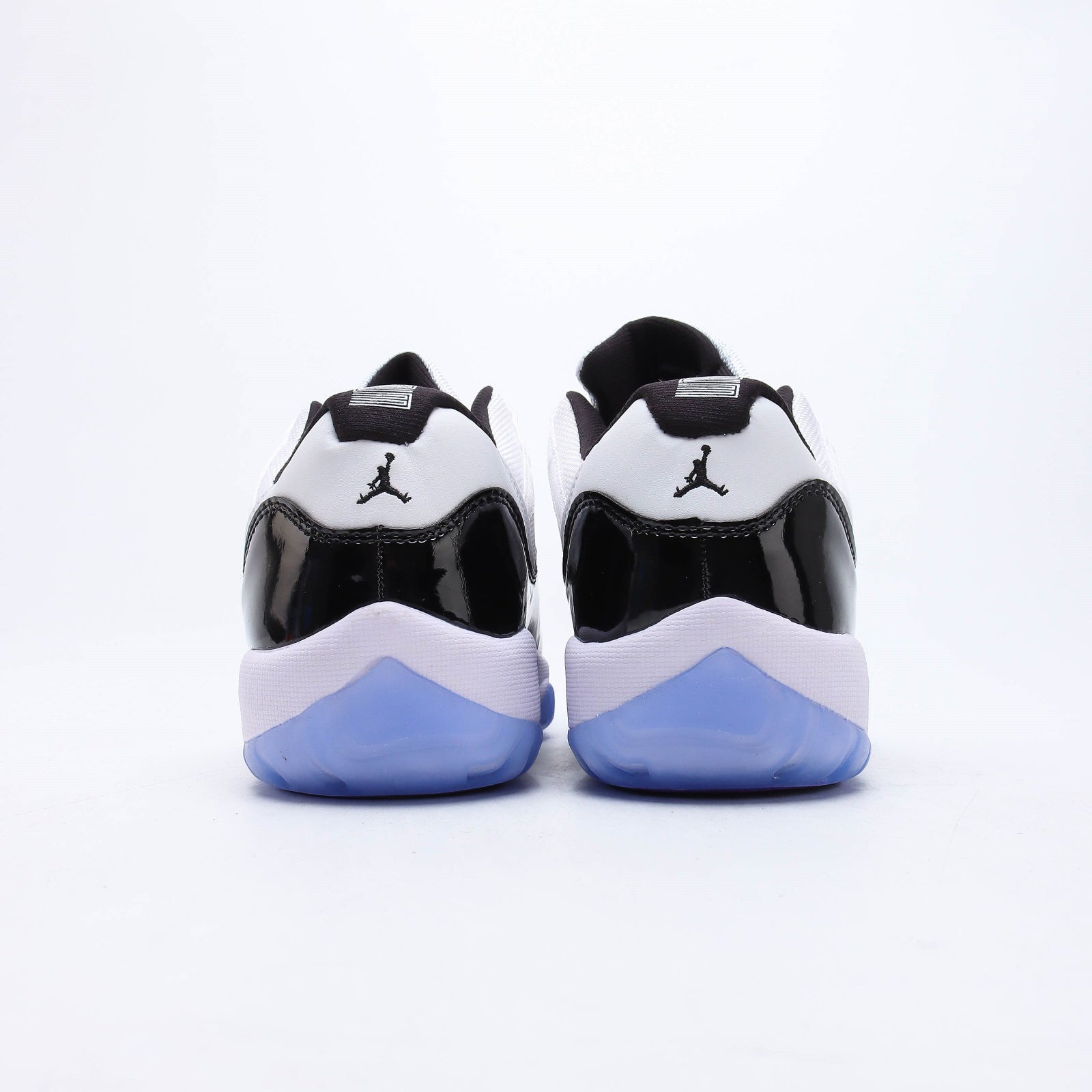ZT:中医首次被WHO纳入《国际疾病分类》
中日韩三国专家联手为传统医学立传,将中医诊断规范化、糸统化。以后有了查找“阴虚”、“肝气郁结”等中医诊断词汇外文译名的官方网站。
在此之前,中国于1995年制定了《中华人民共和国国家标准-中医病证分类与代码(GB/T 15657-1995 )》。
中文报道
摘要如下:
5月25日,第72届世界卫生大会审议通过了《国际疾病分类第11次修订本》(ICD-11),首次将“起源于古代中国,且目前在中国、日本、韩国等地普遍使用”的传统医学纳入其中。…………
此前百年间,ICD已经进行了10次修订。而在今年5月正式通过的第11次修订中,首次出现“传统医学病证”的补充章节,将起源于古代中国,且目前在中国、日本、韩国等地普遍使用的传统医学病证纳入其中。ICD-11将于2022年在WHO成员国中实施。届时,来自传统医学的150条疾病和196条证候条目将在临床诊断中正式进入疾病分类,“阴虚”、“肝气郁结”等中医术语将被采纳。
另一篇中文报道:中医走向世界迎来里程碑
正在瑞士日内瓦召开的第72届世界卫生大会25日审议通过了《国际疾病分类第11次修订本》,首次将起源于中医药的传统医学纳入其中,这一成果离不开各国医学界人士长期不懈的努力,体现出中医乃至中国传统文化中的“和合之道”。国内外多位专家表示,这将是中医走向世界的“里程碑”。………
专家认为,这一成果对于中医本身的规范化发展也有助益。上海中医药大学教授窦丹波说,鉴于中医服务人群广泛,这将有利于中医等传统医学的监管,有利于中医药的安全性,也有利于中医药的疗效对比等。
附:
|
|
This supplementary chapter is a subclassification for optional use. This chapter is not intended for mortality reporting. Coding should always include also a category from the chapters 1-24 of ICD.
This supplementary chapter refers to disorders and patterns which originated in ancient Chinese Medicine and are commonly used in China, Japan, Korea, and elsewhere around the world. This list represents a union set of harmonized traditional medicine conditions of the Chinese, Japanese, and Korean classifications. For an extended list of traditional medicine conditions, please refer to the International Classification of Traditional Medicine (ICTM).
Definitions:
A disorder in traditional medicine, disorder (TM1)[1], refers to a set of dysfunctions in any of the body systems which presents with associated manifestations, i.e. a single or a group of specified signs, symptoms, or findings. Each disorder (TM1) may be defined by its symptomatology, etiology, course and outcome, or treatment response.
-
Symptomatology: signs, symptoms or unique findings by traditional medicine diagnostic methods, including inspection such as tongue examination, history taking (inquiry), listening and smelling examination, palpation such as pulse taking, abdominal examination, and other methods.
-
TM Etiology: the underlying traditional medicine explanatory style, such as environmental factors (historically known in TM translations as the external contractions), emotional factors (historically known in TM translations as the seven emotions), or other pathological factors, processes, and products.
-
Course and outcome: a unique path of development of the disorder (TM1) over time. 4 Treatment response: known response to traditional medicine interventions. In defining a disorder (TM1), symptomology and etiology are required. Course and outcome, and treatment response are optional.
A pattern in traditional medicine, pattern (TM1), refers to the complete clinical presentation of the patient at a given moment in time including all findings. Findings may include symptomology or patient constitution, among other things.
- Symptomatology (as above).
- Constitution: the characteristics of an individual, including structural and functional characteristics, temperament, ability to adapt to environmental changes, or susceptibility to various health conditions. This is relatively stable, being in part genetically determined while partially acquired.
[1]:'TM1' refers to Traditional Medicine conditions - Module I. The (TM1) designation is used throughout this chapter for every traditional medicine diagnostic category in order to be clearly distinguishable from conventional medicine concepts.



































